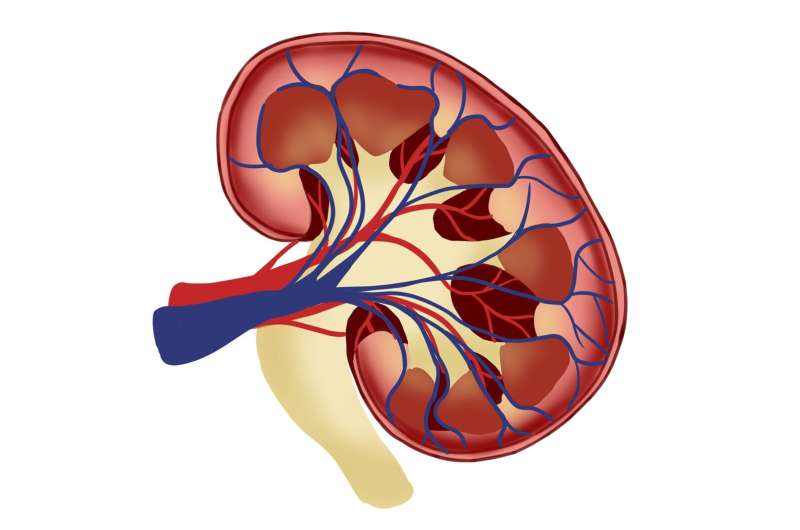Innovative AI Technique Illuminates How Gamma-Secretase Targets Molecules in Alzheimer's Disease

A novel AI approach has uncovered the molecular recognition logic of gamma-secretase, an enzyme linked to Alzheimer's disease, unveiling new potential targets and enhancing drug development strategies.
Researchers from the German Center for Neurodegenerative Diseases (DZNE), Ludwig-Maximilians-Universität München (LMU), and the Technical University of Munich (TUM) have developed a groundbreaking artificial intelligence (AI) approach to understand how the enzyme gamma-secretase recognizes and interacts with its various targets. Gamma-secretase, an enzyme implicated not only in Alzheimer's disease but also in cancer, is known to cleave over 150 different proteins embedded in cell membranes. Despite its importance, predicting its reaction partners has remained a significant challenge because gamma-secretase does not follow clear sequence patterns, unlike many other proteases.
In their study published in Nature Communications, the team introduced a novel methodology called Comparative Physicochemical Profiling (CPP). This AI-driven approach analyzes the physical and chemical properties of known gamma-secretase substrates to uncover hidden similarities and recognition logic. By integrating biochemical data with explainable AI, the researchers were able to better understand the factors driving molecular recognition by gamma-secretase.
A key finding is that substrates of gamma-secretase share specific physicochemical signatures near the cleavage site, including the ability to adopt multiple conformations, which are crucial for recognition within the cellular membrane environment. Using this method, the team identified 160 proteins as potential new substrates—none of which had been previously linked to gamma-secretase—with eleven already validated experimentally.
This research not only advances our understanding of gamma-secretase's role in neurodegenerative diseases such as Alzheimer's but also provides a versatile framework applicable to other proteases and receptor systems. The insights gained could eventually lead to the development of more targeted drugs with fewer side effects, improving treatments for neurodegenerative and other diseases.
Overall, this innovative use of explainable AI offers a promising new avenue for exploring molecular recognition processes in health and disease, holding potential for significant impact in drug discovery and disease understanding.
Source: https://medicalxpress.com/news/2025-07-ai-method-enzyme-linked-alzheimer.html
Stay Updated with Mia's Feed
Get the latest health & wellness insights delivered straight to your inbox.
Related Articles
Molecular Testing Steers Personalized Chemotherapy for Advanced Prostate Cancer Patients
New research demonstrates that tumor gene expression profiling can predict which advanced prostate cancer patients will benefit from chemotherapy, improving survival and reducing unwarranted side effects. Published in *Cell*, the study validates molecular testing as a powerful tool to personalize treatment strategies.
Innovative Urine Test May Predict Kidney Cancer Recurrence, Reducing Need for X-ray Scans
A new urine test shows great promise in predicting kidney cancer recurrence, potentially reducing the reliance on radiation-intensive scans and easing patient anxiety. Read about this innovative breakthrough in cancer monitoring.
Cocoa Extract Supplement Lowers Inflammation Markers and Supports Healthy Aging, Study Shows
New research indicates that cocoa extract supplements can lower inflammation markers associated with aging and cardiovascular risk, supporting the benefits of plant-based diets for healthy aging.



